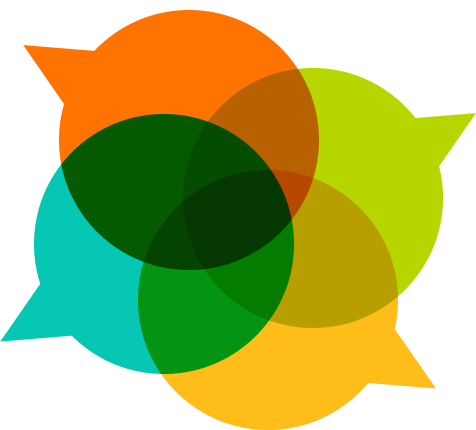Three values underlie P2PU’s concept of peer learning:
- Everybody is an expert in something
- Sharing is how we learn best
- Feedback is necessary in order to improve
By convening a group of learners who are interested in a similar topic, you have the
basis for an open, collaborative learning environment that has the potential to be the support system many learners need.
Peer learning can create a rich learning environment in which everyone simultaneously teaches and learns, acts and observes, speaks, and listens. This exposes learners of all stripes and sizes to new perspectives, provides an opportunity to develop useful social skills, and allows individuals to achieve something greater than they could have on their own. One useful saying that captures this idea is, “we are all teachers, and we are all learners.”
It’s worth noting that for most people, learning has been a passive experience of “receiving” instruction. They may be unaccustomed to taking responsibility for their own and the group’s learning. This is not what learning circles are about, and it is important to be clear about this, especially in the first few weeks of a learning circle. As a learning circle facilitator, you should role model peer learning for the group by engaging learners in problem-solving and actively reaching out to help when possible. Another related saying is, “don’t plan activities for others unless you plan to take part as a fully engaged participant.” (Peeragogy)
Here is some additional guidance from learning circle facilitators about peer learning and setting up a peer-learning environment:



